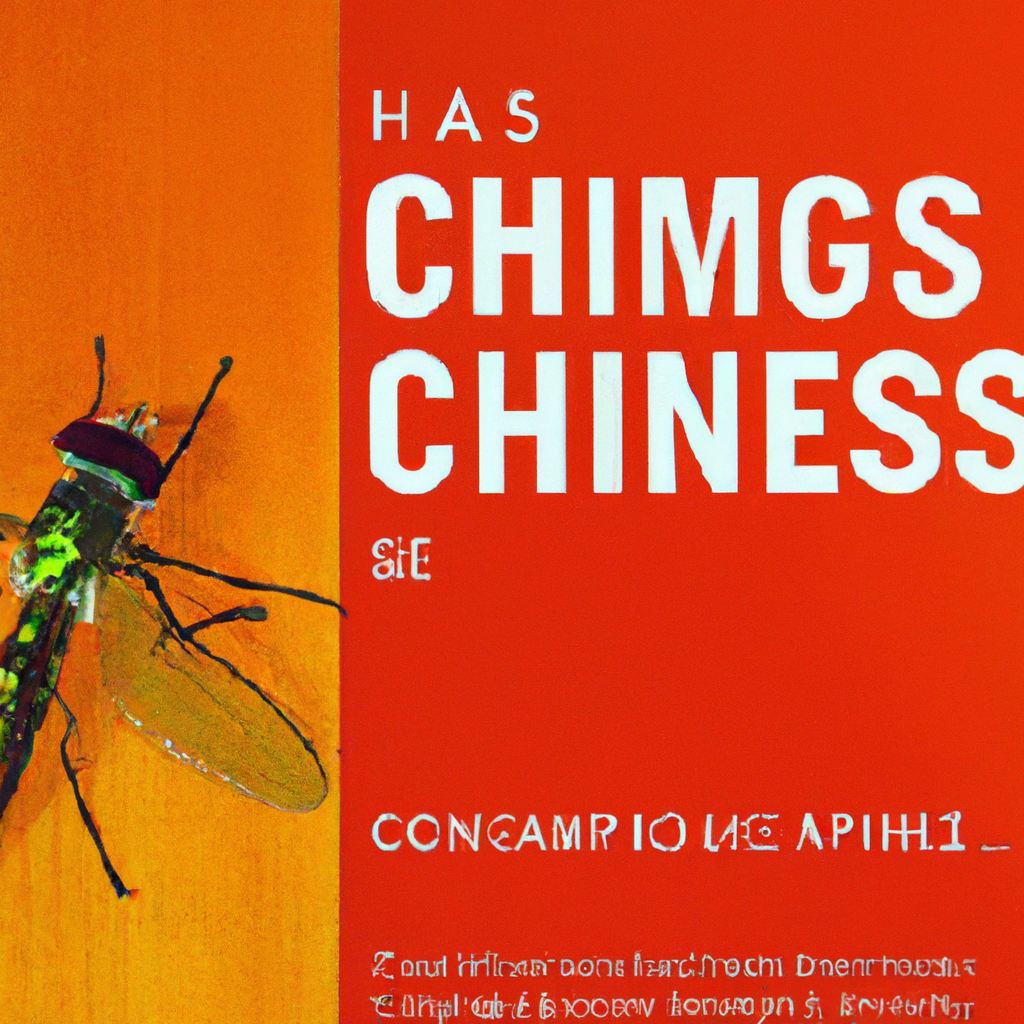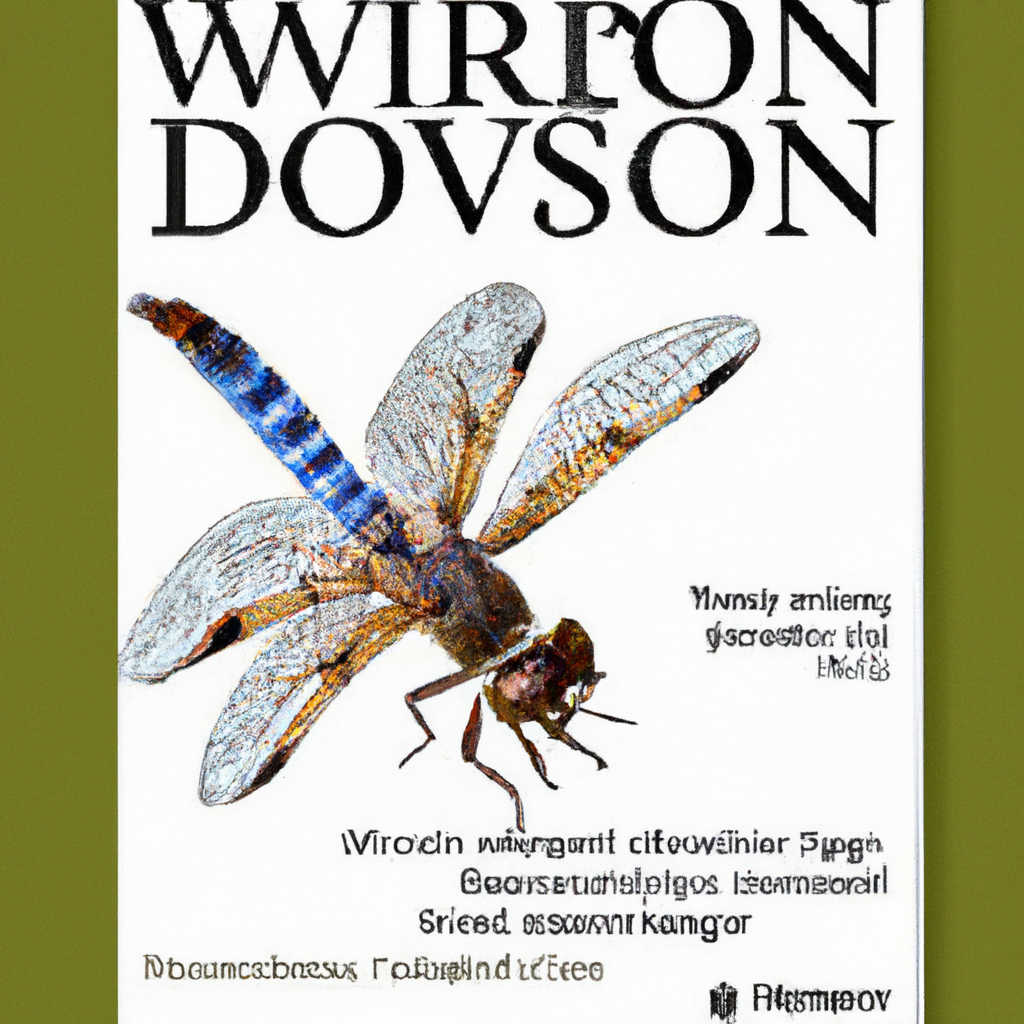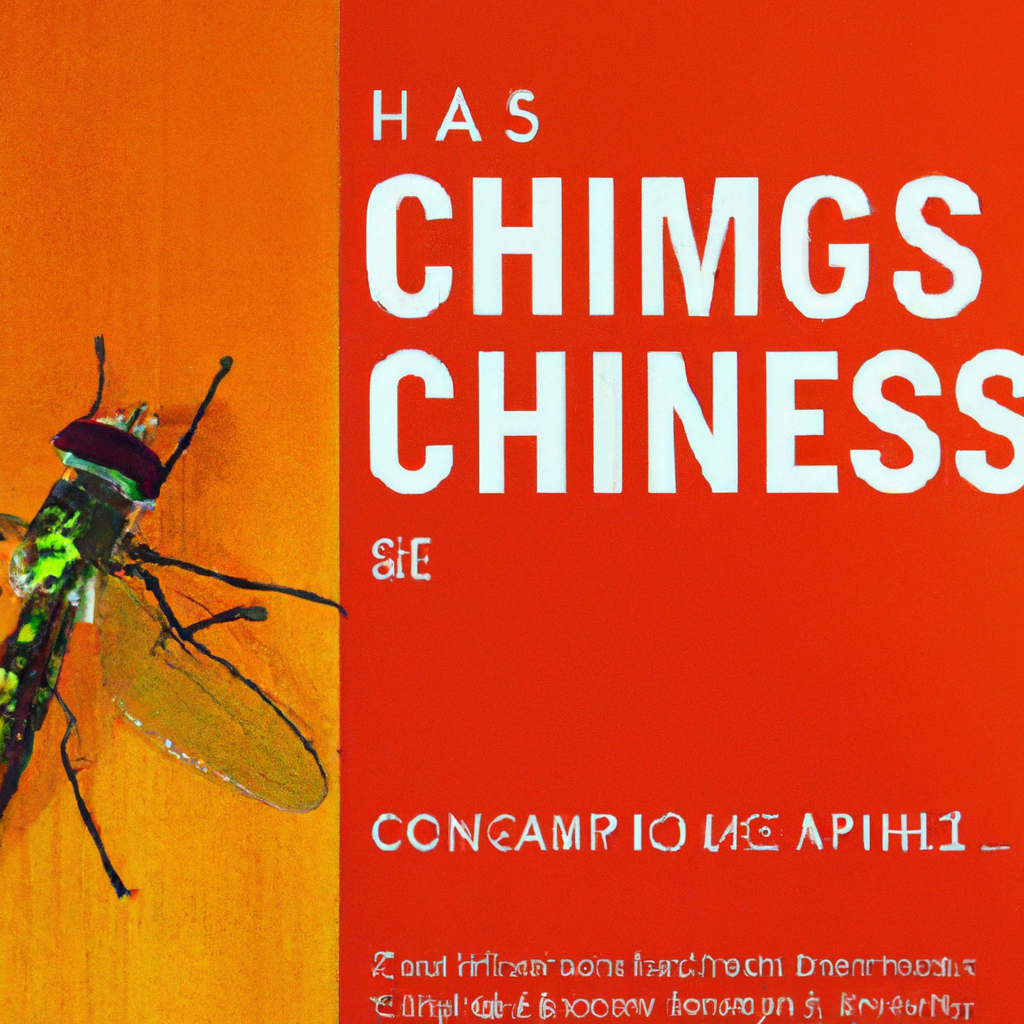Have you ever looked closely at a fly buzzing around and wondered about the different types that exist? In this article, we will embark on a journey to explore the captivating world of flies and discover the fascinating variety of species that make up this often overlooked insect family. From the tiny fruit flies that invade our kitchens to the majestic horse flies that roam our countryside, prepare to be amazed by the diverse and intriguing world of flies that surround us every day.

Exploring the Fascinating Types of Flies
Flies are remarkable insects that play various roles in the ecosystem. From their unique behaviors to their impact on humans and animals, understanding the different types of flies can provide valuable insights into these often misunderstood creatures. In this article, we will delve into the characteristics, behaviors, and potential harm caused by some of the most common types of flies, as well as explore preventive measures and effective control methods.
1. Houseflies
Lifecycle and behavior
Houseflies, scientifically known as Musca domestica, have a fascinating life cycle. Starting as eggs laid in decaying organic matter, they quickly develop into larvae, commonly known as maggots. These maggots feed voraciously on rotting material, aiding in the decomposition process. After several molts, they enter the pupal stage, where they transform into adult flies.
Houseflies are known for their agility and speed. They possess compound eyes, enabling them to detect movements over a wide field of vision. This allows them to escape from potential threats quickly. Despite being capable of landing on surfaces upside down, they prefer to rest on horizontal surfaces such as walls and ceilings.
Harmful effects on humans
Houseflies are notorious for their potential to transmit diseases. They come into contact with pathogens while feeding on decaying matter, and subsequently, can transfer these pathogens to humans through contaminated surfaces or food. Some of the diseases associated with houseflies include cholera, dysentery, and tuberculosis. They can also be a nuisance, especially when they gather in large numbers.
Preventive measures
To minimize the risk of housefly infestations and reduce their impact, preventive measures can be implemented. Maintaining cleanliness is crucial, as it prevents the accumulation of organic matter that attracts them. Properly disposing of garbage, covering food, and regularly cleaning surfaces are effective methods to deter houseflies. Additionally, installing window screens and using insecticides can aid in keeping them out of living spaces.
2. Fruit Flies
Characteristics and appearance
Fruit flies, or Drosophila melanogaster, are small insects that measure approximately 3-4 millimeters in length. They are known for their red eyes, yellow-brownish bodies, and distinguishable black stripes on their abdomens. Despite their tiny size, they possess impressive flying capabilities.
Diet and reproduction
As their name suggests, fruit flies have a particularly strong affinity for ripe and decaying fruits. They are attracted to the scent of fermentation, which is why they are often found hovering around overripe fruits or in the vicinity of fermenting liquids. Their feeding and breeding habits make them a common nuisance in homes, grocery stores, and restaurants.
Fruit flies have a rapid reproductive cycle. A female fruit fly can lay up to 500 eggs in her approximately 30-day lifespan. These eggs hatch within a day, giving rise to larvae, also known as maggots. The larvae feed on fermenting fruit and other decaying organic matter. After several days, the larvae pupate and eventually emerge as adult fruit flies.
Infestation prevention
To prevent fruit fly infestations, it is crucial to eliminate their breeding and feeding sources. Ensuring that fruits are stored properly, using fruit fly traps, and regularly cleaning areas where fruits are kept can significantly reduce their presence. Additionally, maintaining a clean and sanitized environment, particularly in kitchen and dining areas, can inhibit their reproduction and infestation.
3. Horse Flies
Physical features
Horse flies, of the Tabanidae family, are known for their relatively large size compared to other types of flies. They usually measure between 1 and 2 centimeters in length. Horse flies have robust bodies, with wide, colorful eyes that provide excellent vision.
Feeding habits
Female horse flies are blood-feeders, making them significant pests for both animals and humans. Using their sharp mouthparts, they inflict painful bites, often leaving behind red, itchy welts. These bites can also cause allergic reactions in some individuals. On the other hand, male horse flies feed on nectar and do not bite.
Effect on animals and humans
Horse flies can have a detrimental impact on livestock and domestic animals. Their bites can cause discomfort, anemia, and even transmit diseases such as equine infectious anemia. In humans, the bites can lead to intense pain, swelling, and, in rare cases, secondary infections. Additionally, the fear of horse flies can disrupt outdoor activities and reduce the overall quality of outdoor experiences.
To mitigate the annoyance and potential harm caused by horse flies, various preventive measures can be employed. Applying insect repellents, particularly those containing DEET, can minimize horse fly bites. Wearing long sleeves, pants, and protective clothing can also act as a physical barrier against these persistent pests. Furthermore, reducing their breeding sites, such as stagnant water sources, can help manage their population.

4. Blow Flies
Distinctive characteristics
Blow flies, also known as bottle flies or bluebottles, are recognizable due to their metallic blue or green metallic hues. They are relatively large flies, with an average length of about 8-12 millimeters. Their reflective bodies and buzzing flight patterns make them easily distinguishable.
Importance in forensics
Blow flies play a crucial role in forensic investigations, especially in estimating the time of death or postmortem interval. These flies are often the first to arrive at decomposing bodies, as they are attracted to the strong odor emanating from the carcass. Forensic entomologists analyze the life cycle stages of blow fly larvae found on corpses to determine how long the body has been decomposing.
Decomposition and egg-laying behavior
Blow flies are attracted to decaying organic matter, including animal carcasses and human remains. Female blow flies are capable of detecting the scent of decomposition from a considerable distance. They lay their eggs directly on or near the carcass, ensuring a readily available food source for their offspring. The eggs quickly hatch into larvae, which consume the decaying flesh as they progress through several developmental stages.
To prevent blow fly infestations indoors, it is crucial to maintain cleanliness and dispose of waste properly. Regularly emptying trash bins and promptly cleaning up spills, especially food waste, can deter blow flies from entering living spaces. Implementing screens and sealants on windows and doors can also serve as a barrier against these flying pests.
5. Mosquitoes
Life cycle and breeding habitats
Mosquitoes, belonging to the Culicidae family, undergo a complex life cycle consisting of four stages: egg, larva, pupa, and adult. Mosquito eggs are laid in water or in areas prone to flooding, where they hatch into larvae. The larvae, commonly known as wigglers, live in water bodies and feed on microscopic organisms. After the larvae go through pupation, adult mosquitoes emerge and begin their quest for blood.
Mosquitoes require stagnant water for breeding, making it essential to eliminate potential breeding grounds. Regularly emptying containers that can hold water, such as flower pots, birdbaths, and gutters, can significantly reduce mosquito populations around homes. Additionally, using larvicides in stagnant water sources can interrupt the mosquito life cycle.
Disease transmission
Mosquitoes are notorious for transmitting diseases such as malaria, dengue fever, Zika virus, and West Nile virus. Female mosquitoes feed on blood, primarily from humans and animals, as a source of protein for their egg development. During this blood-feeding process, they can pick up disease-causing pathogens from infected individuals and transmit them to new hosts when they bite.
To protect against mosquito-borne diseases, it is crucial to employ preventive measures. Wearing long-sleeved clothing, using mosquito repellents containing DEET or picaridin, and ensuring the use of bed nets can significantly reduce the risk of mosquito bites. Moreover, implementing mosquito control measures, such as using insecticides, installing screens on windows, and eliminating standing water around homes, can help minimize their presence.
6. Crane Flies
Appearance and behavior
Crane flies, often mistaken for giant mosquitoes, are slender insects with long legs and elongated bodies. They range in size from 2 to 60 millimeters in length, depending on the species. Unlike mosquitoes, crane flies do not possess a proboscis and are harmless to humans.
Crane flies are not adept flyers and are often seen in areas with tall grass or vegetation. They are most active during the evening and are attracted to light sources. While adult crane flies do not feed on blood or other substances, they primarily focus on reproduction during their short lifespan.
Plant consumption
Crane fly larvae, commonly known as leatherjackets, are voracious plant feeders. They mainly target grass roots and can cause significant damage to lawns and agricultural crops if present in large numbers. The larvae live in the soil, where they feed on organic matter and disrupt root systems. However, it is important to note that not all crane fly species are destructive to plants.
To mitigate crane fly larval damage, proper lawn maintenance is essential. Regularly aerating and mowing lawns at the appropriate height can discourage egg-laying and deter larvae. Additionally, applying nematodes or insecticides targeting crane fly larvae can aid in population control.
7. Bot Flies
Hosts and life cycle
Bot flies, of the Oestridae family, are unique in that they are parasitic in their larval stage. These flies attach their eggs to the hair or skin of a host, such as mammals or birds. After hatching, the larvae burrow into the host’s body and develop internally. Once fully grown, the larvae emerge from the host, fall to the ground, and pupate before becoming adult bot flies.
Characteristics and appearance
Bot flies are stout, hairy insects that exhibit certain specialized adaptations. Unlike other types of flies, they lack functional mouthparts and cannot feed as adults. Instead, bot fly larvae rely on host animals for nourishment.
Bot fly larvae infestations can be a cause for concern, both for animals and humans. In animals, the presence of bot fly larvae can lead to tissue damage and discomfort. In humans, bot fly larvae infestations, although uncommon, can occur in regions with high bot fly populations. Prompt removal of the larvae is essential to prevent potential complications.
Prevention and control measures
Preventing bot fly infestations involves reducing contact between hosts and potential bot fly breeding sites. For animals, regular grooming and inspection can help identify and remove bot fly eggs before they hatch. In some cases, protective measures such as fly masks or repellents may be necessary. In humans, avoiding direct contact with bot fly habitats, such as wooded areas, and using repellents can minimize the risk of infestation.
8. Gnats
Identification and behavior
Gnats are small, slender flies that typically measure 1 to 4 millimeters in length. They are characterized by their long legs and delicate wings. Gnats belong to several families, including Sciaridae, Mycetophilidae, and Ceratopogonidae.
Gnats can be a common annoyance, especially in outdoor environments. They are drawn to moist areas and are often found near bodies of water or damp soil. Gnats are attracted to various scents, including human sweat and fruity fragrances, making them persistent pests in gardens, kitchens, and outdoor gatherings.
Impact on gardens and plants
Gnats can have detrimental effects on plants, particularly seedlings and indoor houseplants. The larvae, commonly known as fungus gnats, feed on organic matter, including plant roots and decaying material. Infestations can lead to stunted growth, yellowing leaves, and overall weakened plants.
To control and manage gnat populations in gardens and indoor environments, several natural methods can be employed. Allowing soil to dry out between watering can discourage gnat larvae development. Additionally, using yellow sticky traps or introducing beneficial predators, such as predatory mites or nematodes, can help reduce gnat numbers.
9. Cluster Flies
Seasonal behavior
Cluster flies, belonging to the Calliphoridae family, exhibit distinct seasonal behaviors. Unlike other types of flies, cluster flies seek out sheltered areas, such as attics and wall cavities, during the colder months. They congregate in large numbers, forming clusters to conserve heat and protect themselves from the cold.
Cluster flies become active in the spring, when they leave their overwintering sites in search of food and reproductive partners. They can often be found near flowering plants and are known for their slow, erratic flight patterns.
Habitat and infestation signs
Cluster flies prefer rural or suburban areas with plenty of open fields and vegetation. They are commonly encountered in homes or other structures near their preferred habitats. Signs of infestation may include large numbers of flies appearing suddenly, particularly in chilly weather, and clusters of flies congregating on window sills or in attics.
To manage cluster fly infestations, it is important to prevent their entry into buildings. Sealing any cracks or crevices in walls, windows, and doors can serve as a barrier against these pests. Additionally, attics and other potential overwintering sites should be inspected and treated if necessary. It is advisable to consult professional pest control services for effective cluster fly management.
10. Sand Flies
Habitat and geographic distribution
Sand flies, of the Phlebotominae family, are small biting insects that are predominantly found in sandy or coastal areas. They thrive in warm, tropical climates and are particularly abundant in regions with high humidity. Sand flies are commonly encountered in beach areas, marshes, and forests.
Disease transmission
Sand flies are known for their ability to transmit diseases to humans and animals. They are the primary vectors for diseases such as leishmaniasis, which affects millions of people worldwide. The bite of an infected sand fly can introduce the parasite responsible for leishmaniasis into the bloodstream, leading to severe health complications.
To protect against sand fly bites and disease transmission, preventive measures are crucial, particularly in endemic regions. Wearing long-sleeved clothing, using insect repellents, and sleeping under bed nets can significantly reduce the risk of sand fly bites. Additionally, avoiding outdoor activities during peak sand fly activity, usually during dusk and dawn, can minimize exposure.
Understanding the characteristics, behaviors, and potential harm caused by various types of flies is essential in implementing effective control methods and preventive measures. By taking proactive steps to mitigate fly populations and minimize their impact, humans and animals can coexist harmoniously with these fascinating insects.




